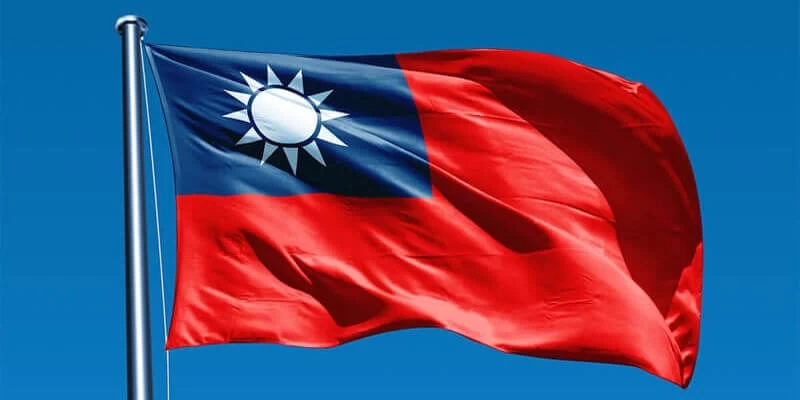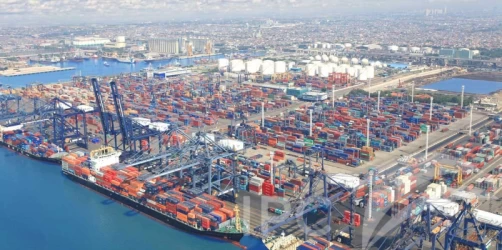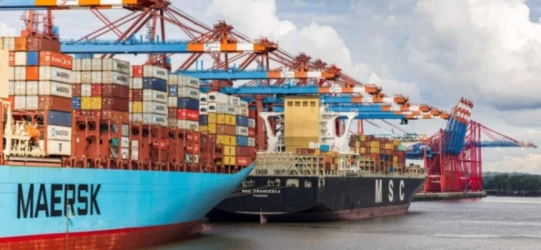Guide to Trade with Taiwan, Sea Transportation
Taiwan, an island nation strategically located in East Asia, plays a pivotal role in global trade, particularly through sea transportation. Its bustling ports and advanced maritime infrastructure make it a key player in international shipping and logistics. This guide provides an overview of the essential aspects of trading with Taiwan via sea transportation.
Strategic Importance
Taiwan’s geographic location places it at the crossroads of major shipping routes in the Asia-Pacific region. The Taiwan Strait, one of the busiest maritime passages globally, sees nearly half of the world’s container ships passing through annually. This strategic position allows Taiwan to serve as a gateway to major markets such as China, Japan, and South Korea.
Major Ports
Taiwan boasts several major ports that facilitate its robust trade activities:
- Port of Kaohsiung: The largest port in Taiwan and one of the busiest in the world, handling a significant volume of container traffic.
- Port of Taipei: A crucial hub for both international and domestic shipping, known for its advanced facilities.
- Port of Taichung: Specializes in bulk cargo and is a key player in Taiwan’s industrial supply chain.
Trade Regulations and Policies
Taiwan has a well-established regulatory framework to ensure smooth and efficient trade operations. Key aspects include:
- Customs Procedures: Taiwan’s customs procedures are streamlined and efficient, with a focus on facilitating trade while ensuring compliance with international standards.
- Free Trade Agreements (FTAs): Taiwan has signed several FTAs with countries around the world, enhancing its trade relationships and reducing tariffs on various goods.
- Environmental Regulations: Taiwan is committed to sustainable shipping practices, implementing stringent environmental regulations to minimize the impact of maritime activities on the environment.
Key Commodities
Taiwan’s trade is diverse, with a wide range of commodities being imported and exported via sea transportation. Some of the key commodities include:
- Electronics and Semiconductors: Taiwan is a global leader in the production of semiconductors and electronic components, making these items a significant part of its export portfolio.
- Machinery and Equipment: High-quality machinery and industrial equipment are major exports, catering to various industries worldwide.
- Agricultural Products: Taiwan imports a variety of agricultural products, including grains, meat, and dairy, to meet domestic demand.
Challenges and Opportunities
While Taiwan’s maritime trade sector is robust, it faces certain challenges:
- Geopolitical Tensions: The ongoing geopolitical tensions in the region can impact trade routes and shipping schedules.
- Environmental Concerns: Balancing economic growth with environmental sustainability remains a critical challenge.
However, these challenges also present opportunities for innovation and growth. Taiwan’s commitment to technological advancements and sustainable practices positions it well to overcome these hurdles and continue thriving as a global trade hub.
Conclusion
Trading with Taiwan via sea transportation offers numerous advantages, thanks to its strategic location, advanced port facilities, and efficient regulatory framework. By understanding the key aspects of Taiwan’s maritime trade, businesses can effectively navigate the complexities and leverage the opportunities presented by this dynamic market.
If you have any specific questions or need further details, feel free to ask!











